How to waterproof a jacket: rejuvenate your waterproof with our guide
Our expert step-by step guide on how to waterproof a jacket will see your hardshell returned to top condition, keeping rain at bay once again
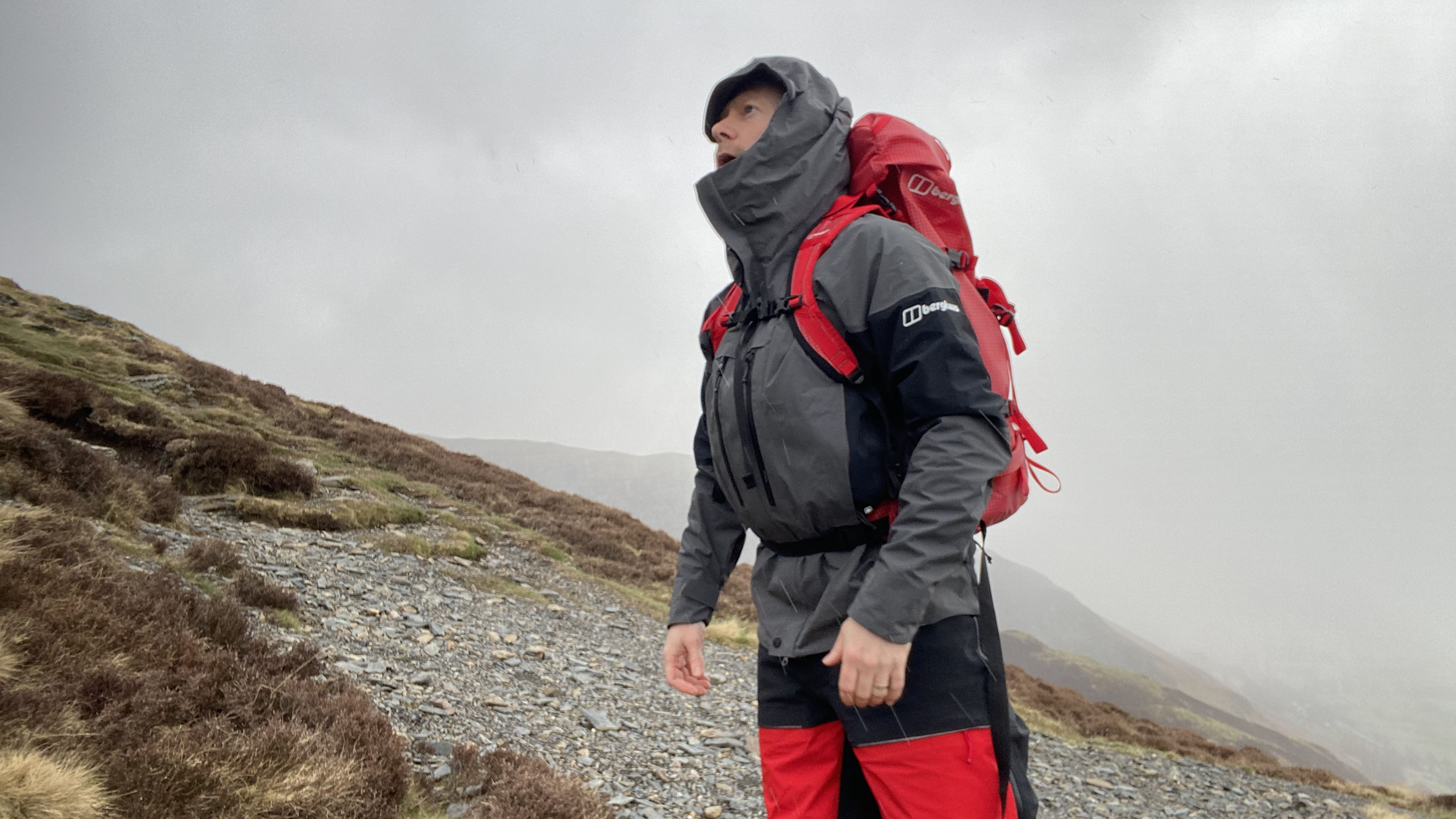
It's always a sad moment when your absolute warrior of a waterproof jacket starts to show the strain. One too many battles with the element can render even the most heroic Gore-Tex jacket a soppy mess. Fortunately, it doesn't have to be (and certainly shouldn't be) the end. All you need to do is reapply the jacket's DWR and it'll be batting away the barrage once again, good as new.
To let you know how to do this, two of our hiking experts are here to show you how to bring your jacket back to its rain repelling best.
How to waterproof a jacket
Here are the steps to take when it comes to reproofing your best waterproof jacket. See further down the feature for more details on each step.
- 1) Decide when to reproof: If your jacket starts to wet out, it's time to reproof
- 2) Clean your washing machine: Detergent residue will negatively impact your reproofing
- 3) Wash your jacket: Use a specialist cleaner, following instructions on the packaging
- 4) Reproof your jacket: Either use a spray-on or wash-in waterproofing agent
- 5) Boost the DWR: Apply heat to boost the DWR treatement
- 6) Check the seams: If the seams aren't still in place, use product to re-attach the seams
What do you need to waterproof a jacket?
- Specialist waterproof cleaner ( such as Nikwax Tech Wash or Grangers Performance Wash)
- Specialist waterproofing agent (such as Nikwax TX.Direct or Grangers Clothing Repel)
- A washing machine
- A tumble drier to boost the DWR (alternatively, use a hairdryer or iron)
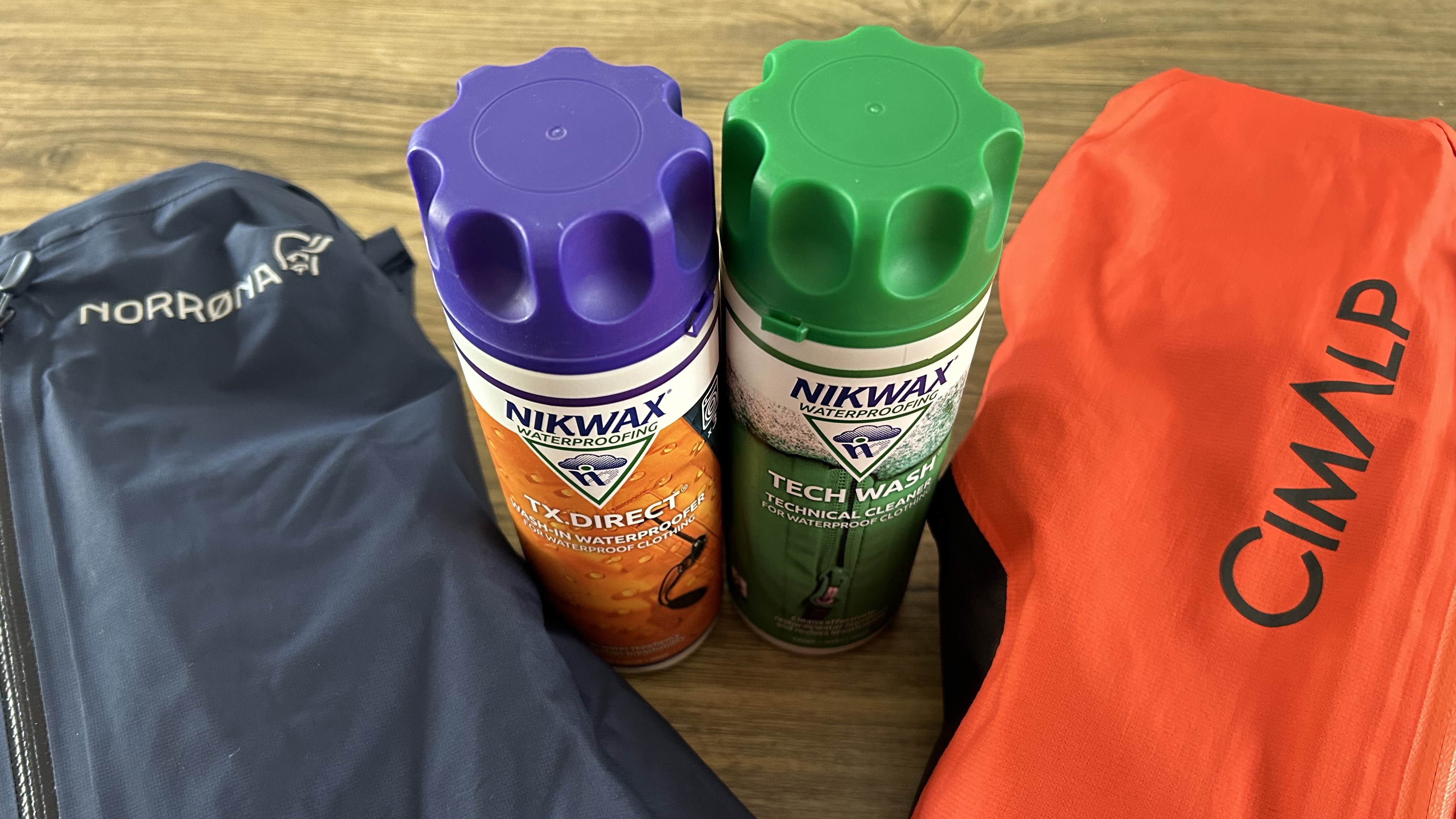
Meet the experts

Jonathan has been camping and hiking in the UK's uplands for decades and has tested more than his fair share of hiking kit in that time. He's hiked stages of, or completed, all of the UK's National Trails. What he doesn't know about caring for outdoor gear isn't worth knowing.

Alex likes blue skies and sunshine but, deep down, he'd admit that he prefers it when the mountains throw a bit of challenge his way. His favorite season is winter, probably because it's when the conditions are at their harshest. He's tested plenty of waterproof jackets in his time and knows all about extending their lifespan.
What happens when you reproof a jacket?
Being able to waterproof a jacket removes the need to splash (excuse the pun) out on a new jacket, whether it's a hiker's hardshell or a waterproof running jacket. Your waterproof shell’s first line of defence is its Durable Water Repellent (DWR) coating, a thin layer that can be compromised by the onslaught of wind, rain, terrain, mud, UV rays and everything else the outdoors throws at it. Think of DWR as being like the forcefield around your jacket, while it's Gore-Tex (or similar) lining is its armor. Ideally, you want both in top nick.
So, how do you know when it is time to start the reproofing process? With a fully waterproof jacket, you should see water bead on the fabric, pleasingly rolling off like rain on a car windscreen. Eventually, once the DWR is past its best, water will start to soak in, finding its way through to your inner layers and also stopping moisture from escaping the other way, thus negatively impacting your jacket's breathability. This happens to even the best waterproof jackets, so it is inevitable at some point.
To waterproof a jacket, you first have to give it a good clean, before reapplying the DWR finish.
Decide when to reproof
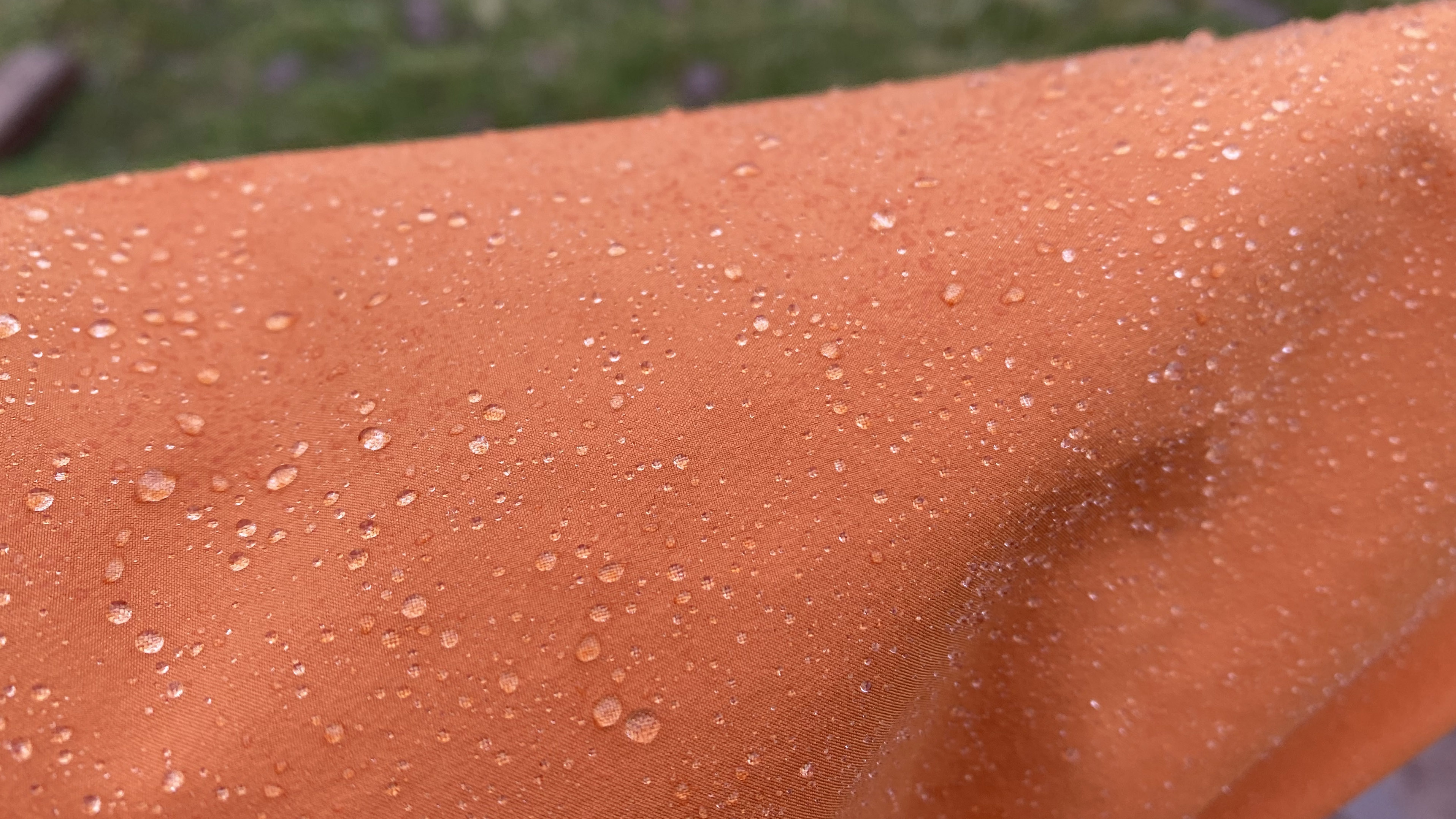
This depends heavily on use – how dirty is your jacket and how much abrasion has it suffered from hiking backpack straps and rock faces? To test whether it needs reproofing, pour water onto the shoulders and arms of your jacket. If the water beads on the surface there’s no need to take action: if it soaks in (“wets out”) it’s time for a re-proof.
All the latest inspiration, tips and guides to help you plan your next Advnture!
Clean your washing machine

The residue of detergent washing powders is kryptonite to DWR (check out our 'What is DWR?' explainer), so it’s important to clean out the powder drawer of your washing machine, and ideally put the machine through a wash cycle with nothing in it to make sure it’s clean.
Wash your jacket
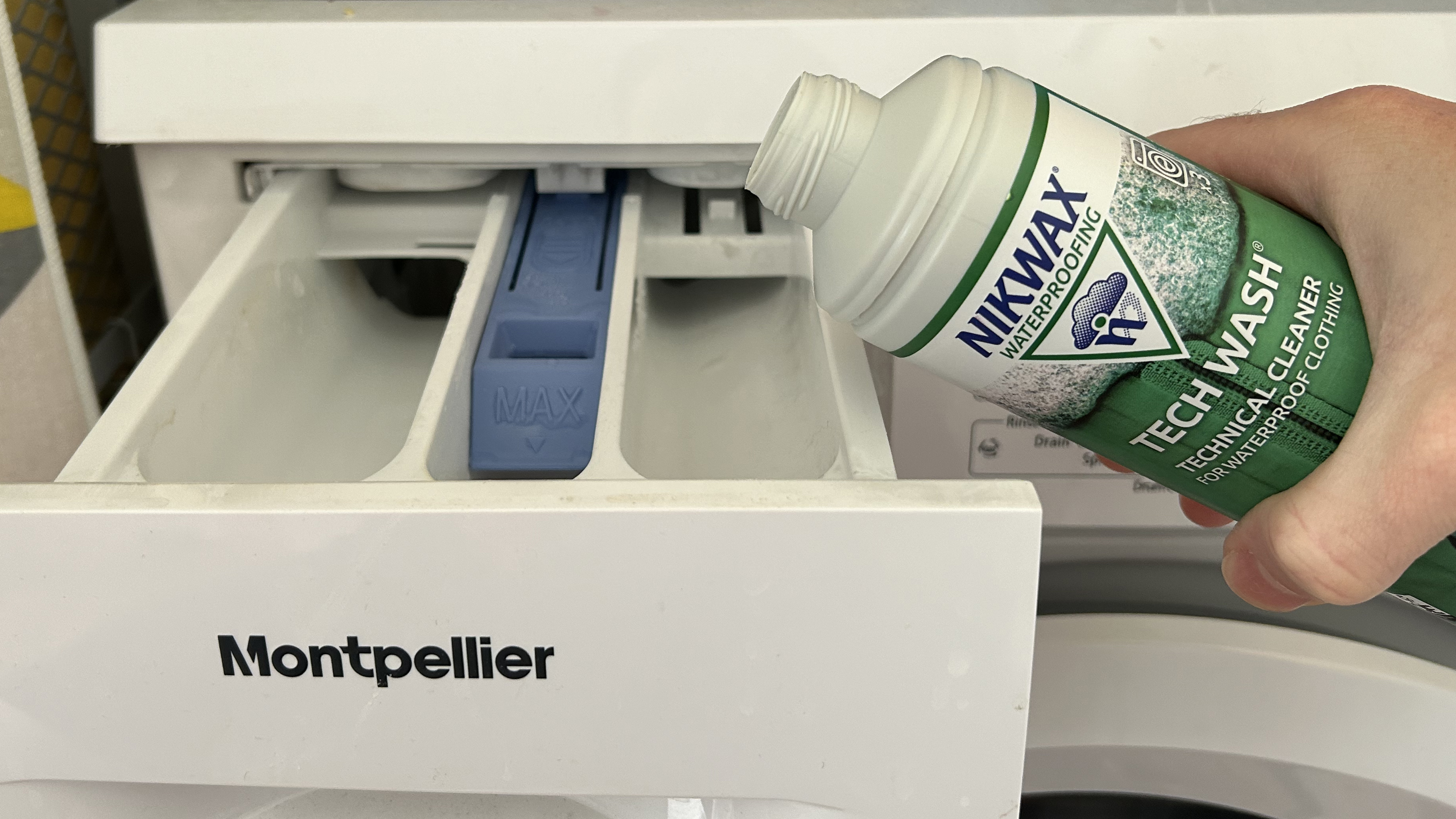
Choose a specialist cleaner, such as Nikwax Tech Wash or Grangers Performance Wash, pour the recommended dose into the detergent drawer of your washing machine, and set the temperature according to the jacket’s care instructions. A full cycle at 85°F/30°C is normally about right.
Don’t be tempted to stuff your entire outdoor wardrobe into the machine – for optimum performance no more than two jackets should be washed at the same time. Make sure to empty the pockets and zip up all zippers of the jacket before washing. For more detailed instructions, read our article on how to wash your waterproof jacket and trousers.

Reproof your jacket
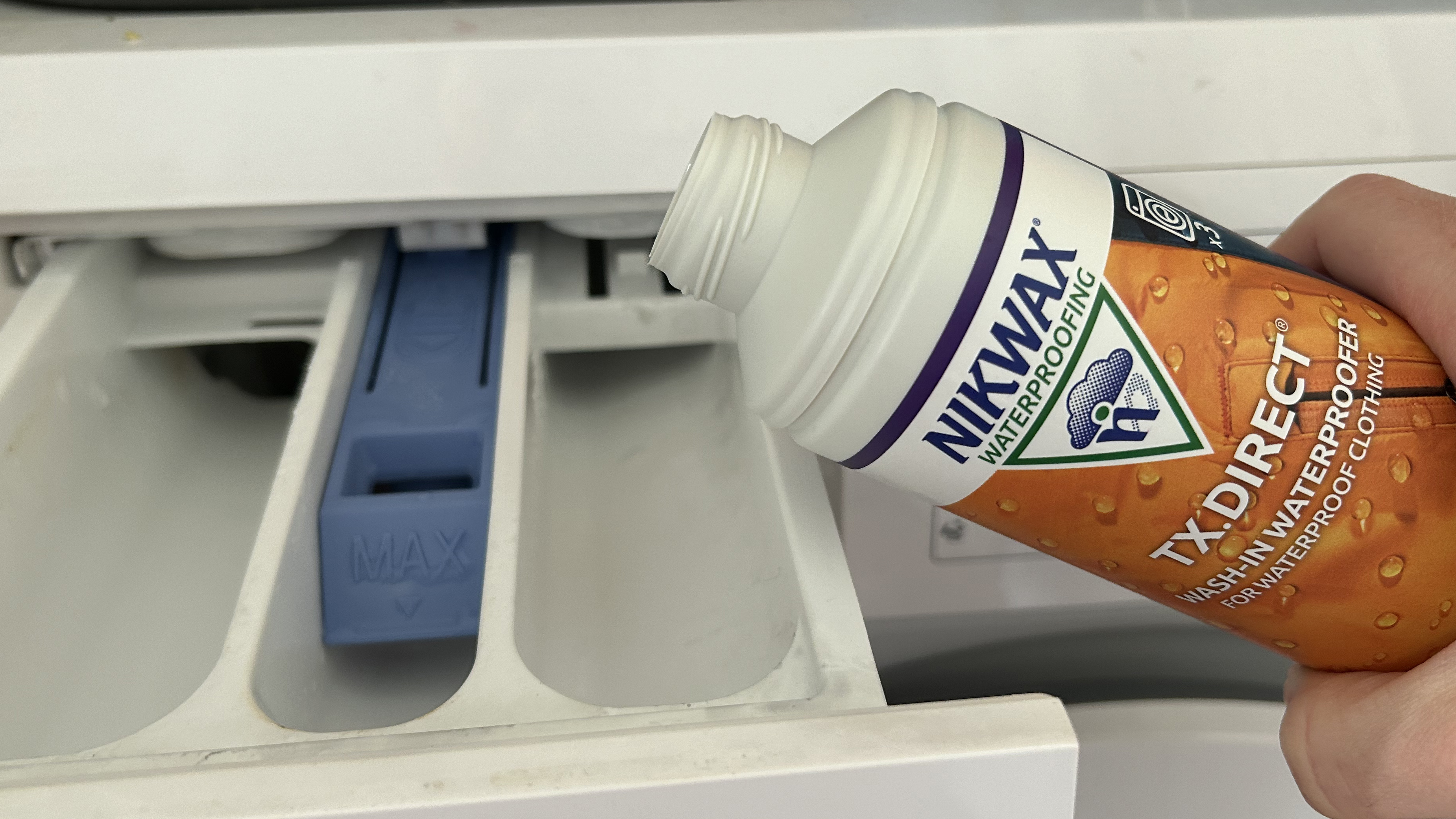
There are two options here to waterproof a jacket. Firstly, use a waterproof spray such as Granger’s Performance Repel Plus or Nikwax TX.Direct Spray-On, and apply to a clean, damp jacket from a distance of about 15-20cm. Wipe away any surplus spray after a few minutes.
Alternatively, use a wash-in waterproofing agent, such as Nikwax TX.Direct Wash-In or Grangers Clothing Repel. Pour the recommended dose of the wash-in cleaner into the detergent drawer of your machine and wash again on a full cycle. After washing, hang up the jacket to dry.
To save time, there are two-in-one wash and reproof products, such as Grangers Wash & Repel Clothing 2 in 1.
Boost the DWR
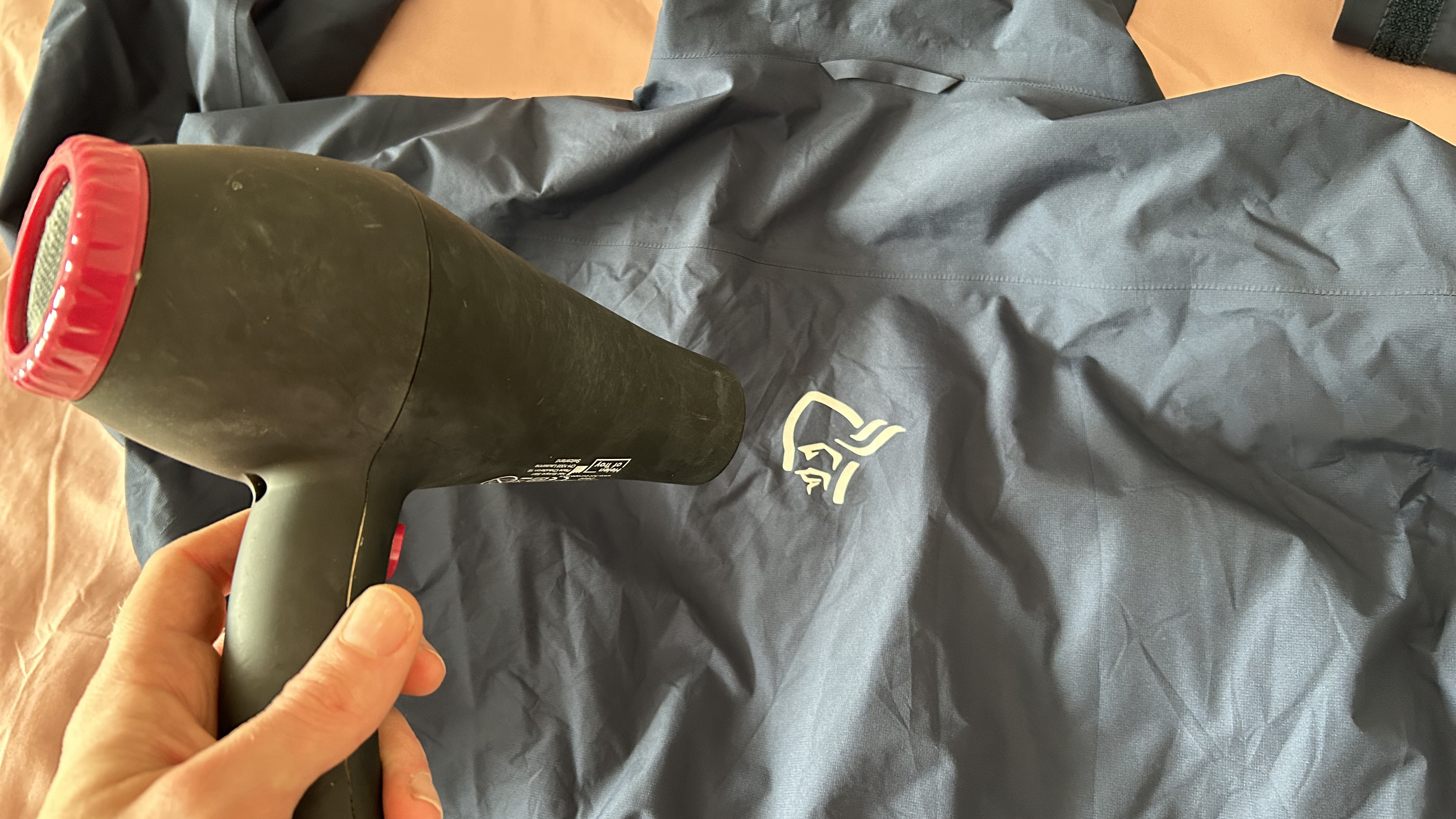
To optimise the DWR finish, tumble dry the jacket (if its care instructions allow), or use a hairdryer to apply modest heat to the surface of the fabric. Using an iron on a very low heat has the same positive effect, but make sure there is a tea towel between the iron and the jacket, and keep the temperature on the lowest setting.
Check the seams
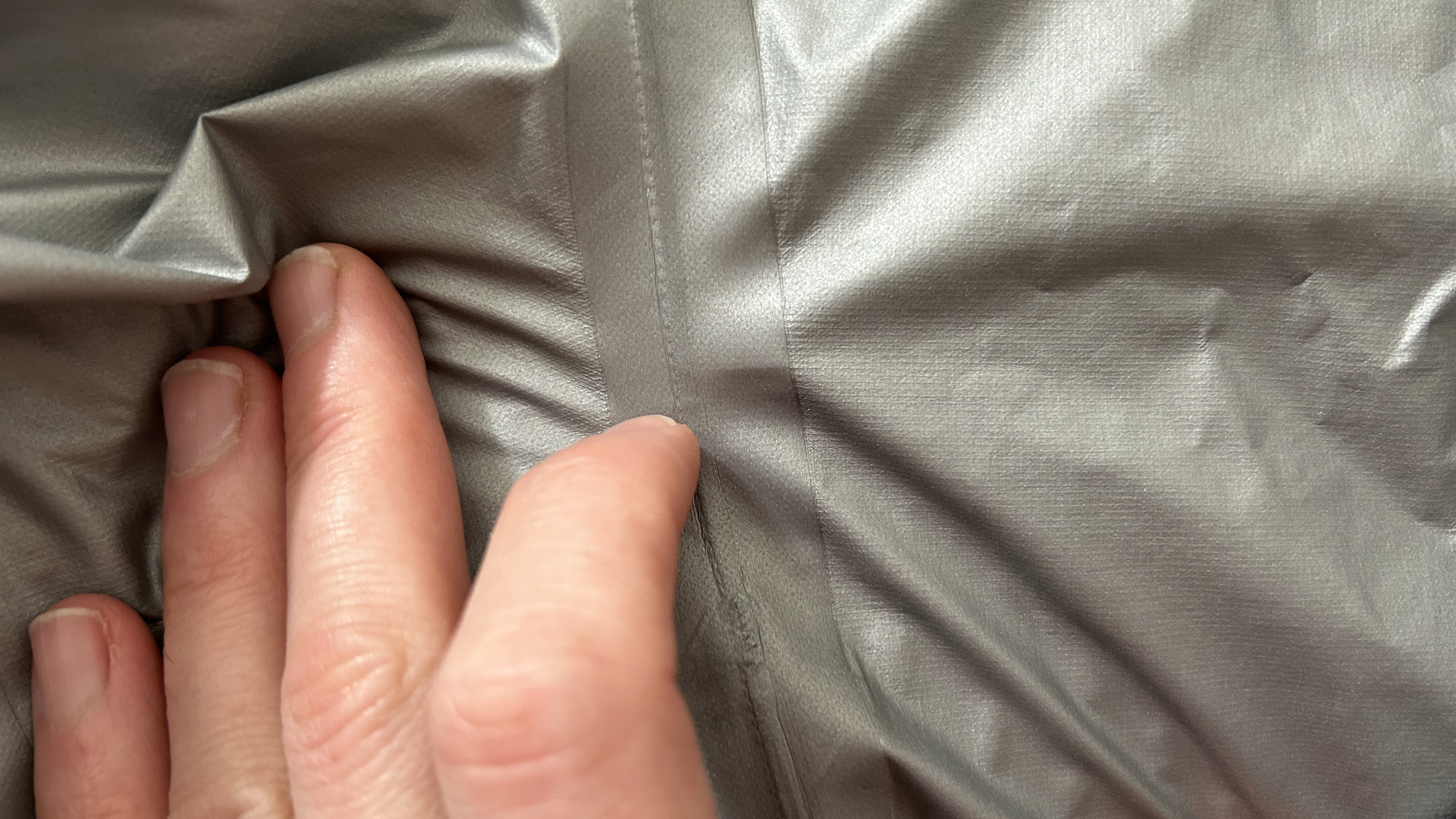
As a final step, check that the internal taped seams are still intact and in place. If not, use a glue, such as Stormseal Seam Sealer or Stormsure Flexible Repair, to re-attach the seams. If the seam has perished, you can do a DIY repair with 20mm, iron-on seam seal tape, which is specially made for three-layer laminate fabric jackets.
After spending a decade as editor of Country Walking, the UK’s biggest-selling walking magazine, Jonathan moved to edit Outdoor Fitness magazine, adding adrenaline to his adventures and expeditions. He has hiked stages or completed all of the UK's national trails, but was once overtaken by three Smurfs, a cross-dressing Little Bo Peep, and a pair of Teletubbies on an ascent of Snowdon. (Turns out they were soldiers on a fundraising mission.)
